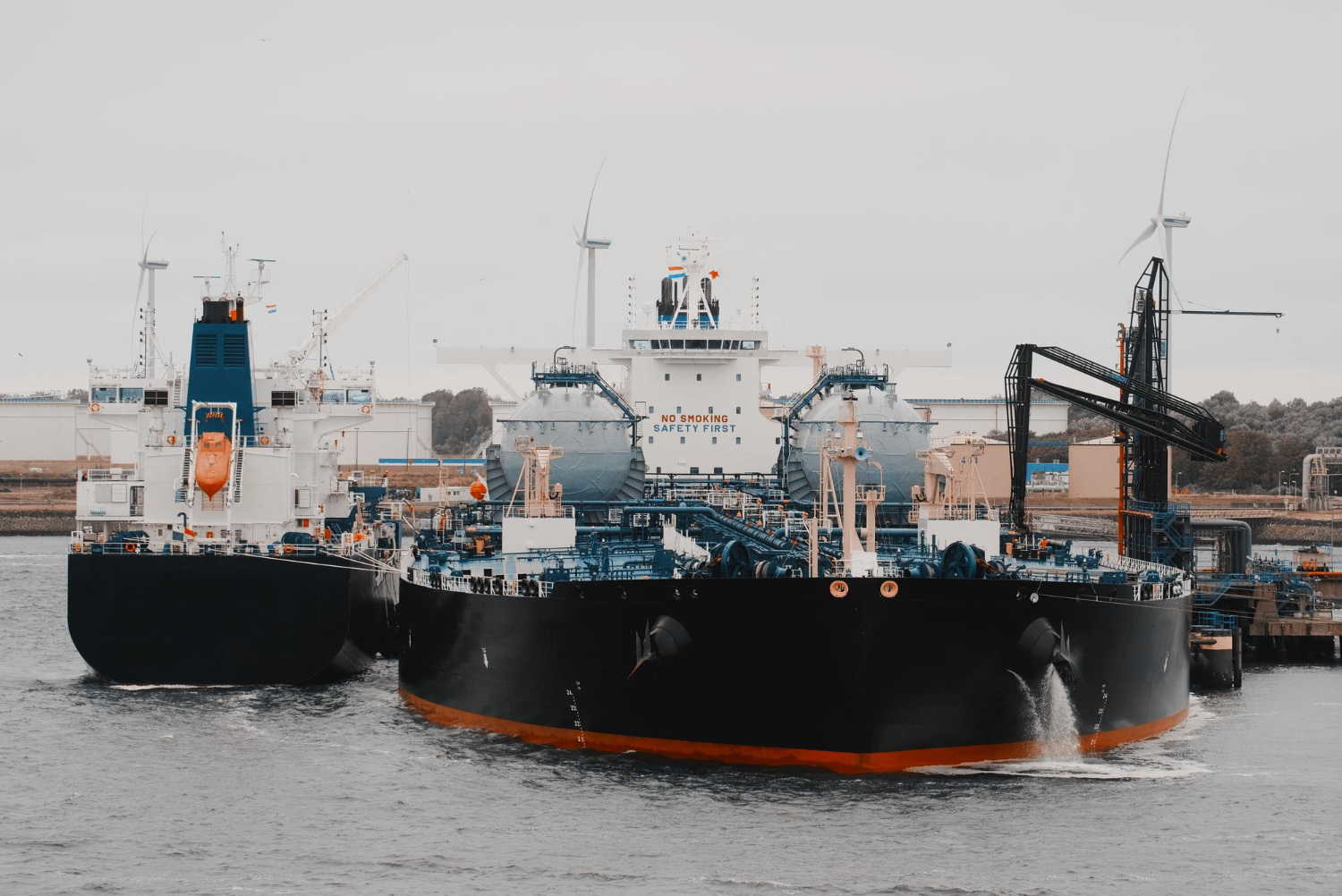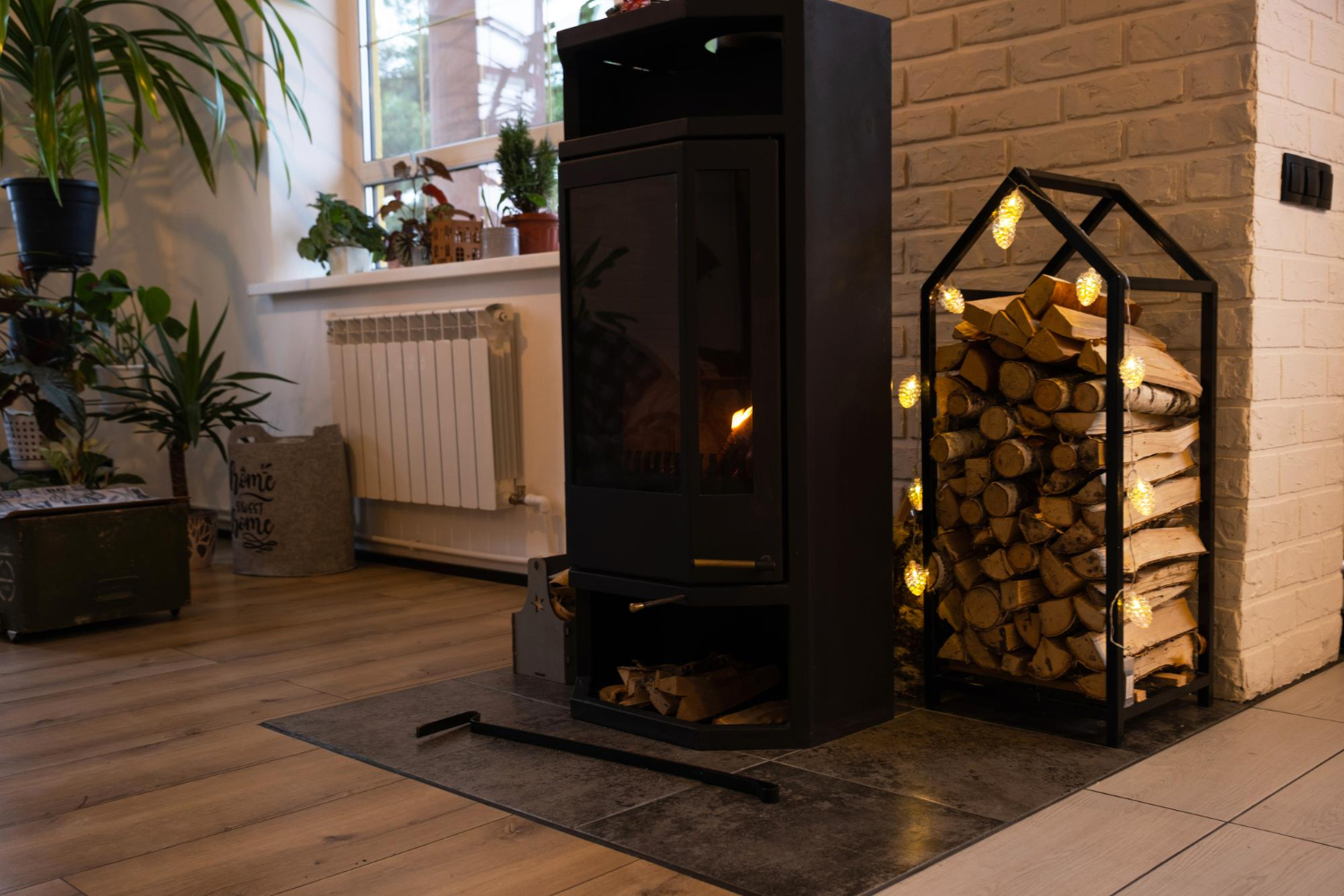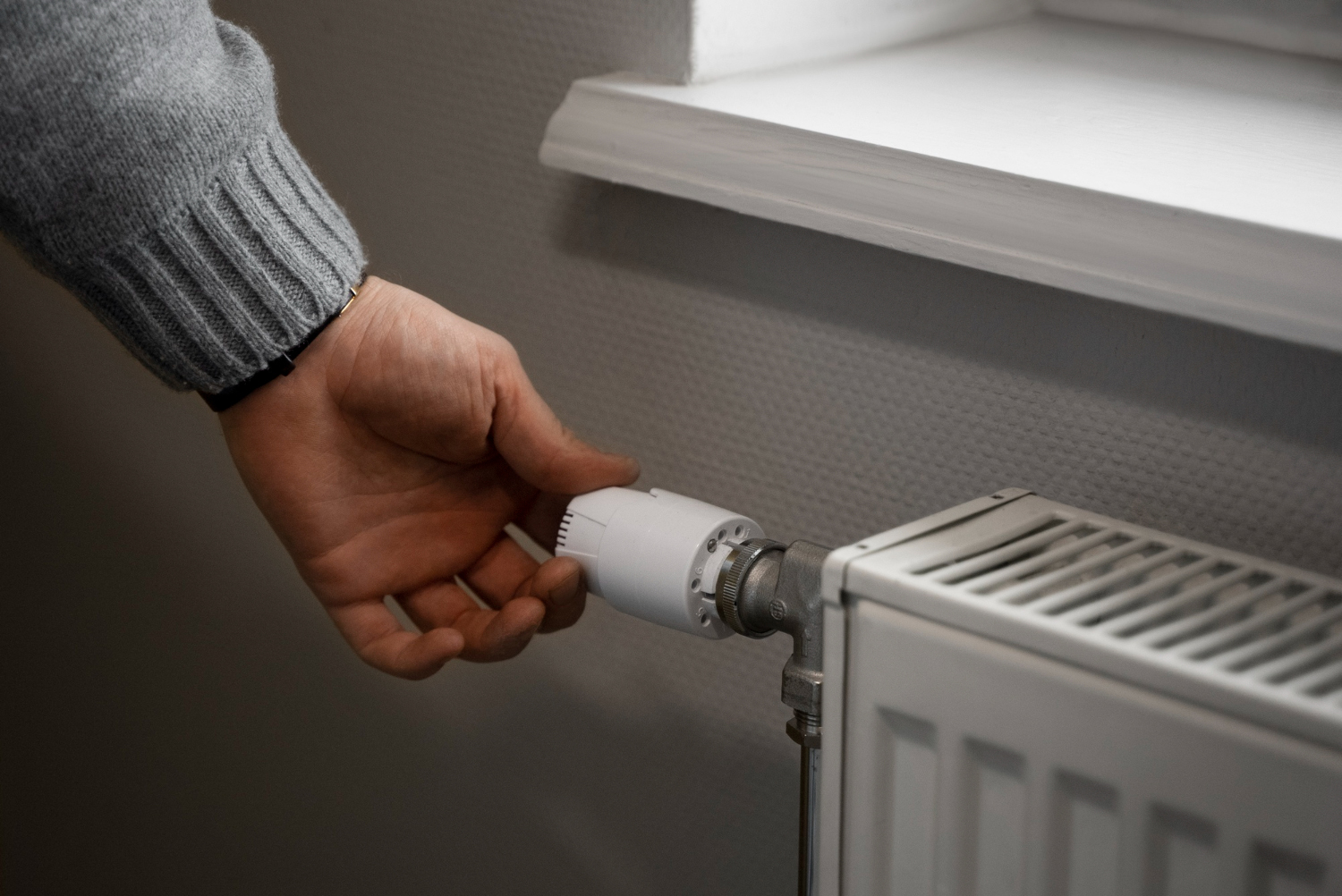Analyses of weather conditions for the winter of 2023 - 2024 show that Europe will continue to experience extreme weather events and record temperatures in the coming period, but also El Niño Phenomenon, which will bring warm periods with high humidity. Although the winter does not appear to be very cold, home heating remains a problem for much of the EU and the continent.
Diversification of heating sources
From autumn 2022, Russian gas has accounted for only 17% of the total gas imported through pipelines into the EU, a significant decrease compared to previous periods, for example the first quarter of 2022, when 38.8% of EU imports came from Russia.
In Europe, one of the solutions for gas supply is to build new LNG (liquefied natural gas) terminals. Of course, LNG prices could be a problem as demand is rising due to China's sustained economic recovery, which has been slower due to COVID bans. The pace at which China manages to recover will also influence EU prices.
One of Europe's main external suppliers of late has been Norway. But the risks Europe faces, although different from those of the period of strong ties with Russia, remain those of limiting supply, as was the case with the Snøvit LNG plant due to maintenance work.
The EU has also tried to diversify its sources of supply by signing deals with Azerbaijan or other suppliers such as Lebanon, Egypt and Israel. However, the current geopolitical context in the Middle East is problematic, overshadowing the optimism of those who believed that regional cooperation including gas supplies to Europe was possible.
Another important supplier to EU countries is Qatar, which has signed lasting agreements with the Netherlands and France, in the case of the Netherlands the agreement is for 27 years.
In this complicated context, Europe, which still relies heavily on natural gas for such an important aspect as heating homes, which accounts for 62.8% of the energy consumed in the residential sector, is well advised to turn its attention as much as possible to local resources for the highest degree of security of supply.

Home heating sources
The way homes are heated varies widely across the European Union, influenced by factors such as climate requirements, fuel resources and building characteristics.
Natural gas. It is estimated that 31.7% of homes are heated by natural gas, a fuel with lower emissions of carbon dioxide and pollutant compounds than solid fuels.
Electricity. 24.8% of the energy consumed for heating homes is electricity. Due to increasingly stringent climate targets and the versatility of electricity, which allows it to be used for a very wide range of applications, the share of electricity will increase significantly in the coming years.
Renewables and waste are also on an upward trend for home heating in Europe, accounting for 20.3% of final energy consumption in 2020. Renewable sources include biomass and space heating sources such as heat pumps. Waste refers to both municipal and industrial waste.
The IEA estimates that global heat pumps have the potential to reduce global carbon dioxide (CO2) emissions by at least 500 million tonnes in 2030 - equal to the annual CO₂ emissions of all cars in Europe today. Other sustainable heating technologies include solar thermal heaters and low-carbon district heating. A comparison of home heating options is shown below; estimated energy savings are based on average heating needs, appliance efficiency and utility prices in well-insulated homes. Contractors can provide custom estimates.

Situation in Romania
In Romania, a third of the population heats using natural gas systems, according to a 2021 statistic presented by Ziarul Financiar. But our country "is in the best position in terms of security of gas supply," said Ion Sterian, Transgaz Director: "Thanks to investments from Depogaz, supported by Romgaz, storage capacity has been increased by 100 million cubic meters compared to last year, reaching 3.17 billion. Today we have 3.65 billion cubic meters in storage, corresponding to a percentage of 96.23%, 1.22 % higher than the European average. I can say that we are 477 million cubic meters more gas in storage today compared to the same time last year. In addition, extraction capacity from storage has increased."





